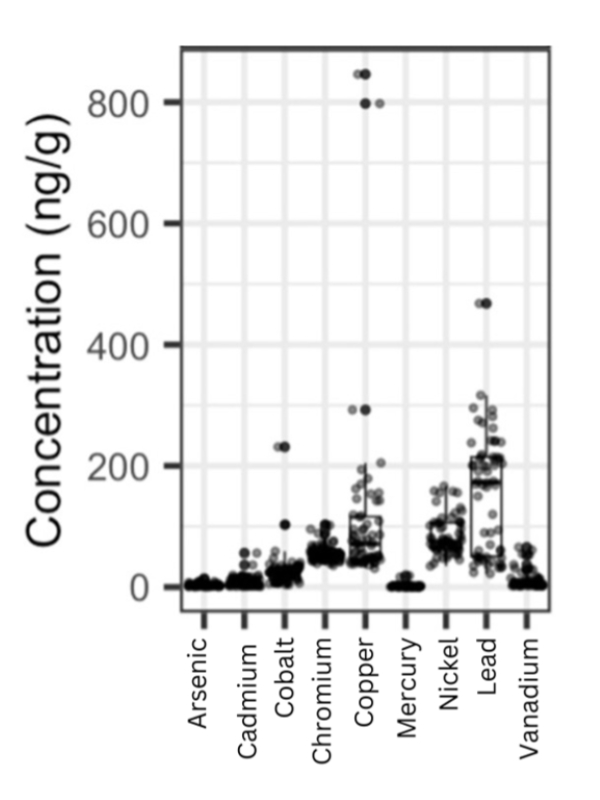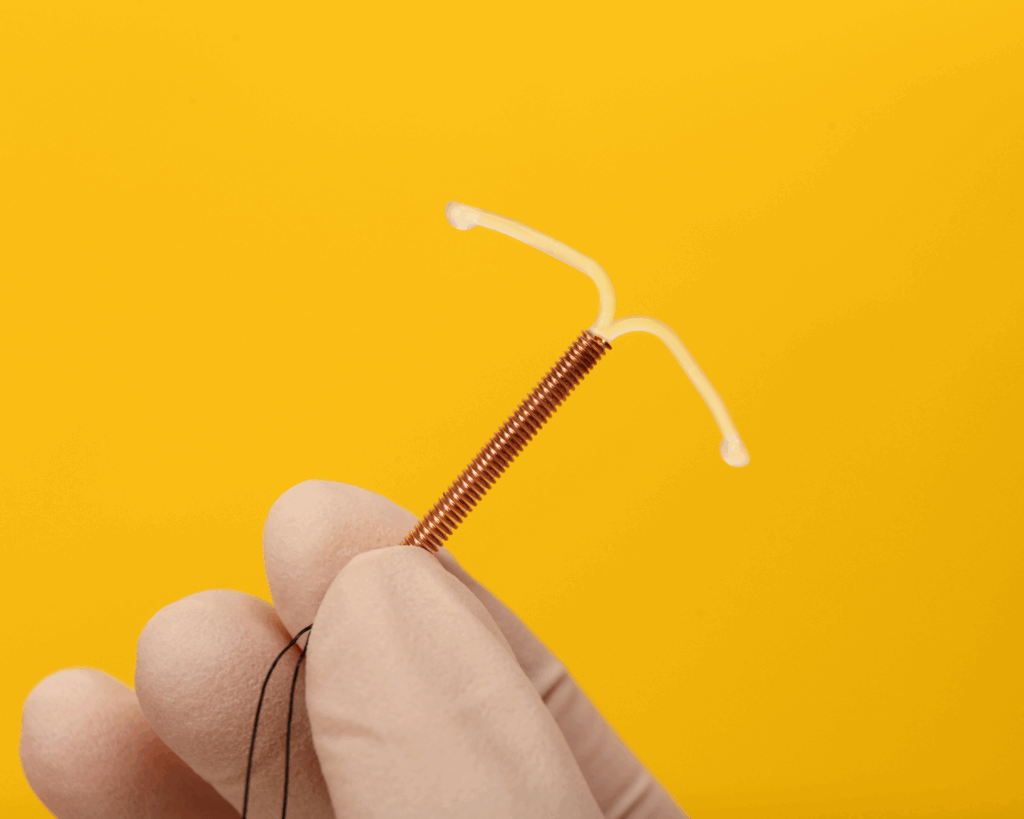The Toxins Lurking in Your Tampons
In a recent viral study of tampons, all products tested contained measurable amounts of multiple toxic metals, including lead and cadmium.

Read Time: 2 minutes
Published:
For billions worldwide, tampons are a monthly necessity. However, a new study gone viral on social media reveals these products may contain hidden toxic metals, raising serious safety concerns.
Jenni Shearston and colleagues analyzed tampons from major brands sold in the U.S., U.K., and E.U., measuring trace amounts of metals in the cotton and rayon fibers. All tampons tested contained measurable levels of multiple toxic metals, like lead and cadmium.
The graph below shows the range of metal concentrations found, with each dot representing one tampon tested. The varying dot heights illustrate the inconsistent metal amounts across different products.

Most alarming was the presence of lead in every sample. There is no established safe level of lead exposure. When absorbed, lead can accumulate in various organs, causing harmful health effects. Cadmium is also highly toxic, linked to cancer risk and organ damage.
These metals can be absorbed through the vaginal tissue directly into the bloodstream, likely posing a greater risk than skin contact. With the average user exposed thousands of times over their reproductive years, the cumulative effects of low-dose exposure are unknown.
Some individuals, like those in low-income communities and communities of color already disproportionately burdened by toxic exposures, may struggle to find safer alternatives.
Despite the risks, the FDA does not require tampons to be tested for toxic chemicals. Their outdated guidance only recommends, but doesn’t mandate, that tampons be free of toxins like dioxin and pesticide residues.
While choosing organic cotton tampons may reduce exposure, the study found no tampons were metal-free. More research, stricter regulations, and consumer pressure are needed to push companies to produce metal-free tampons and ensure everyone has access to non-toxic period products.



